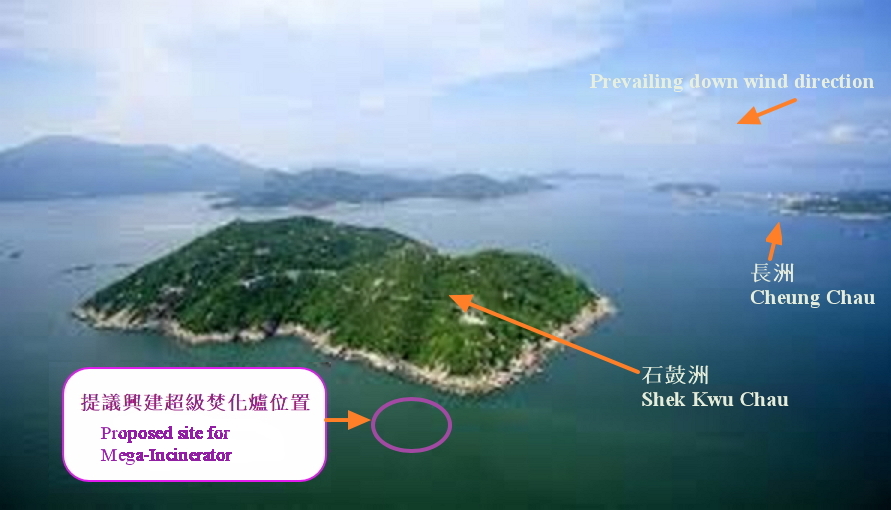1941 Jan 01
| A,B,C,D...▲ | Cheung Chau Community | Historical year▲ |
Cheung Chau Residents Association,1941
Cheung Chau Residents Association is a relic from Second World War set up by Japanese army in the name of Greater East Asia Prosperity Circle.
Then Colonial Government in 1950′s stopped recognising this organisation due to big chaos in election of its official, according to Austin Coates, Assistant District Officer of New Territories South at the time.
Rivalry within Cheung Chau Residents Association caused the administration unable to transfer fund raised by leasing from Wong Wai Tsak Tong property for its operation, to proposed Cheung Chau Rural Committee, recorded by James Hayes, Assistant District Officer of New Territories South in 1960.
Worse still, James Hayes remarked, Cheung Chau Residents Association remained in control of management for Fong Pin Hospital, and transferred the dragon boat shed next to Pak Tei Temple to Dragon Boat Association.
Please response to this post, your comment is important to us, 5 responses so far
Cheung Chau Rural Committee ,1960
1960 Jan 01
Cheung Chau Rural Committee 1960
Austin Coates , Assistant District Officer of New Territories South of Colonial Government of Hong Kong recorded in 1950’s that then Government recognised Cheung Chau Residents Association as the only official organisation to represent Cheung Chau interest.
Cheung Chau Residents Association is the relic from Second World War set up by Japanese Army in the name of Greater East Asia Prosperity Circle.
For the sake of smooth administration of Cheung Chau after the war, British military allowed it unchanged and keep its organisation as well as its name.
Up until early 1950’s, Government stopped recognising this organisation and cut off communication with it after a big chaos in election of its official.
Then Colonial Government was planning to set up a new official body called Cheung Chau Rural Committee, and to transfer the fund raised by leasing from Wong Wai Tsak Tong’s properties for its operation to be managed by Cheung Chau Rural Committee.
The Government, however, took quite a few years till 1960 to complete the setting up of Cheung Chau Rural Committee.
In between, Cheung Chau Chamber of Commerce took over the job of liaison with Government.
Please response to this post, your comment is important to us
Cheung Chau Old Town Road Work
2004 Feb 04
In a Legislative Council Finance Committee, Public Works Subcommittee paper dated 4th Feb 2004, Director of Territory Development (DTD), with the support of Secretary of Housing, Planning and Lands, seek for funding for work to upgrade the roads in Cheung Chau old town, which are not accessible for modern emergency vehicles.
Acting on advice from Fire Service Department, the proposal for construction of 4.5m wide road connecting On Wing Centre and Wo Shun Lane is initiated. It also recommends to widen Kwok Man Road to 4.5m and reconstruct Peak Road.
On March 28th, 2002, public consultation triggered 38 objections including one objection representing over 200 objectors.
The objections were mainly related to land resumption, especially along Peak Road, and tree felling.
Vehicle passing bays at suitable locations along Peak Road was proposed as part of road widening initiative following discussion with objectors.
Two objectors refuse to withdraw their objections in fear of clearance of balcony structure and small hut at Kwok Man Road.
Government took enforcement action accordingly.
Last edited by Cheung Chau Magazine on 27/09/2013 at 15:22
Please response to this post, your comment is important to us
Shek Kwu Chau Incinerator proposal by Government
2008 Jan 29
Environmental Protection Department filed a report on site selection dated Jan 29th, 2008, to Panel on Environmental Affairs of Legislative Council.
Engaging a consultant, Camp Dresser & Mckee, site selection narrowed down to 2 potentials, Shek Kwu Chau and Tsang Tsui Ash Lagoons.
Shek Kwu Chau was recommended for its remote location, light population, insignificant visual impact.
Air quality impact would only be limited to Cheung Chau, but residents in Cheung Chau are not located at prevailing downwind direction.
Refuse transfer through marine transport is cost effective throughout Hong Kong to Shek Kwu Chau for its central location in terms of sea traffic.
Drawbacks are massive reclamatiion, erosion of habitat of Chinese White Dolphin, longer construction time and at higher cost.
Please response to this post, your comment is important to us
The number of posts displayed per page : 5







